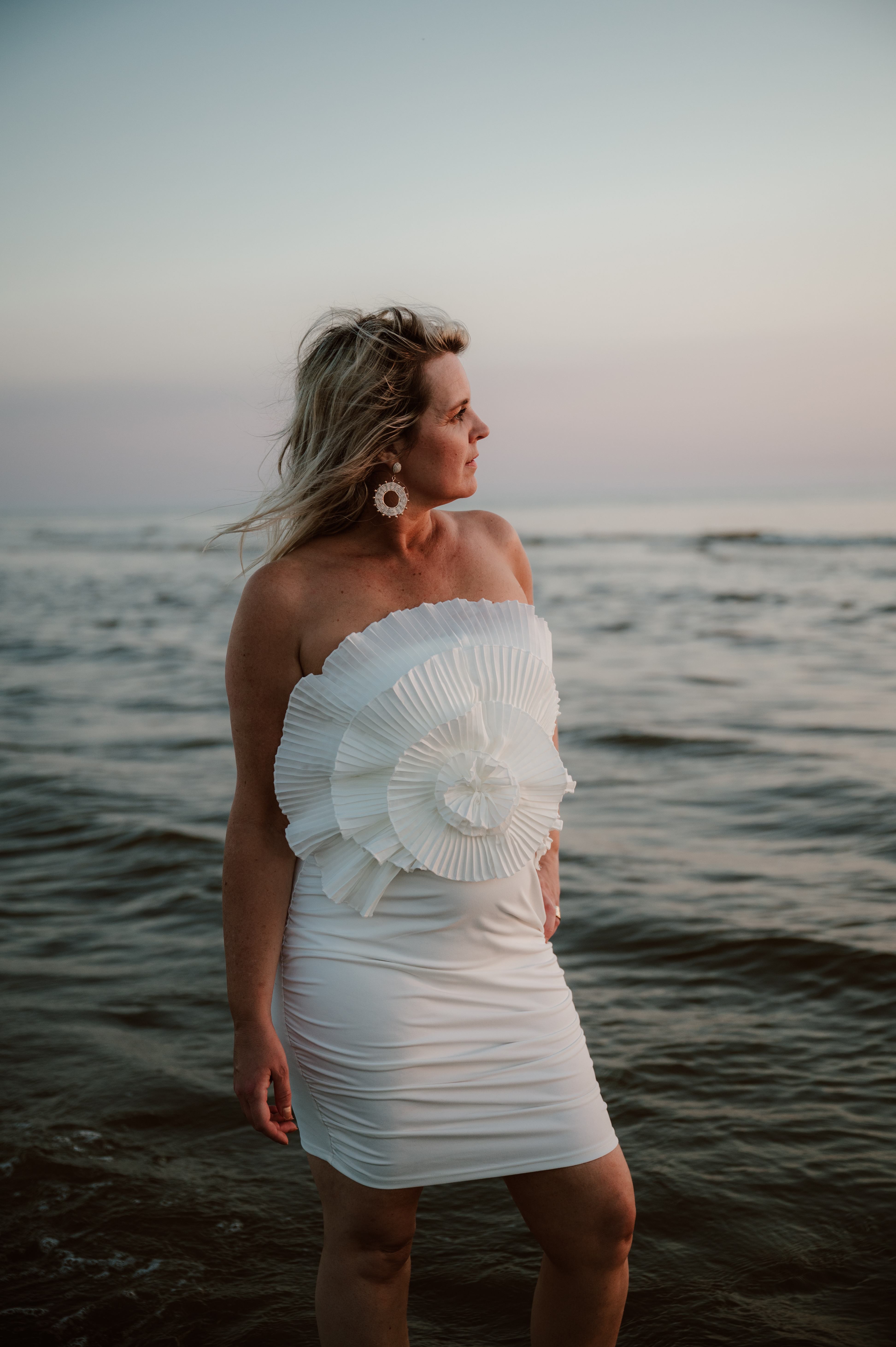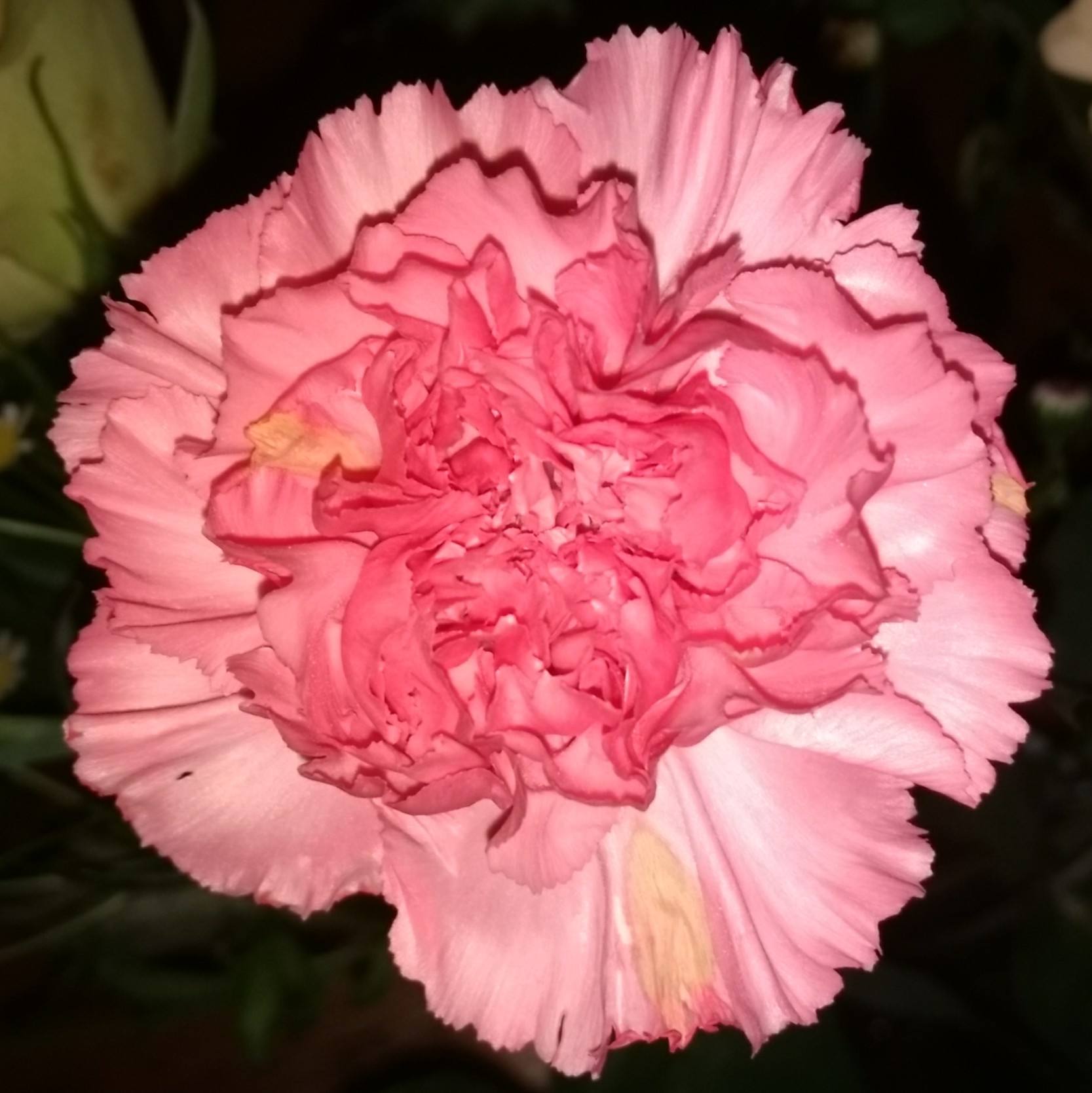Sepia, foam of the sea
Walking along the beach, among rope, wreckage and plastic bottles I also find elongated white pieces, which look a bit like shells. It turns out to be the back shield of the seatcat Sepia officinalis, a squid that is commonly found along our coast in summer. As these animals die and decompose, the porous shields come to the surface. Under the influence of tide and tide, they wash up on the beach.
In Dutch it is called white, feather-light waxing, sea foam or sepiaben, in French os de seiche, and in English cuttlebone. In German it is called der Schulp, undoubtedly related to the Frisian skulp for shell and with the expression 'crawl into your shell'.
Use Sepia
Sea foam or Sepia consists of about 80 to 90 percent of aragonite, a form of lime. It is used for various purposes. A white powder is prepared from it, which used to be widely used as a polishing agent. In the animal trade, sea foam is offered to meet the limestone needs of aviary birds, who use the hung shields to sharpen their beaks.
Sepia officinalis is already known by Dioscorides as an eye agent and as a kind of toothpaste. Ibn Baither also mentions its use against venereal diseases and as a urinary agent. Until the 19th century, sea foam, like Ossa sepiae, was generally mentioned in the pharmacy books as a remedy for many ailments, from skin rashes and eye inflammation to venereal diseases. In the East, it is used as an aphrodisiac, a drug that is supposed to stimulate sexual drive.
Sepia color
In case of danger, cuttlefish spray a dark liquid out of their ink bag. To obtain the pigment sepia, this sack is cut off from the squid and dried. After that, the dried ink can be ground into pigment powder without further treatment.








